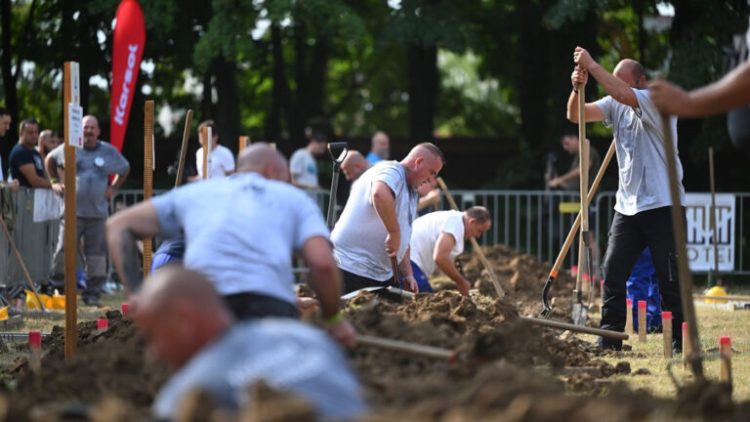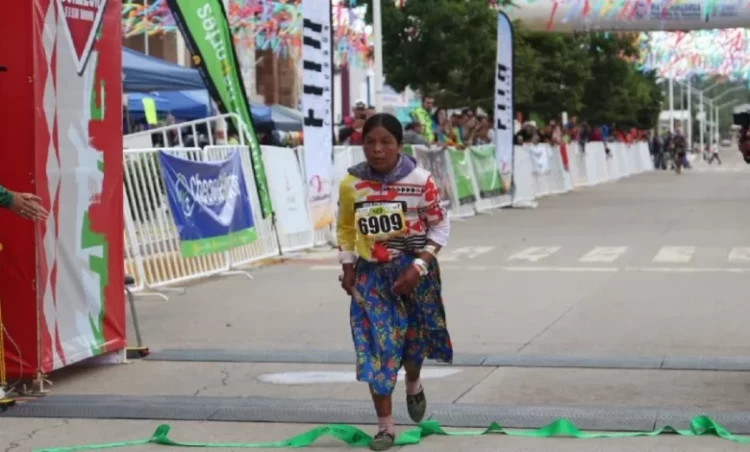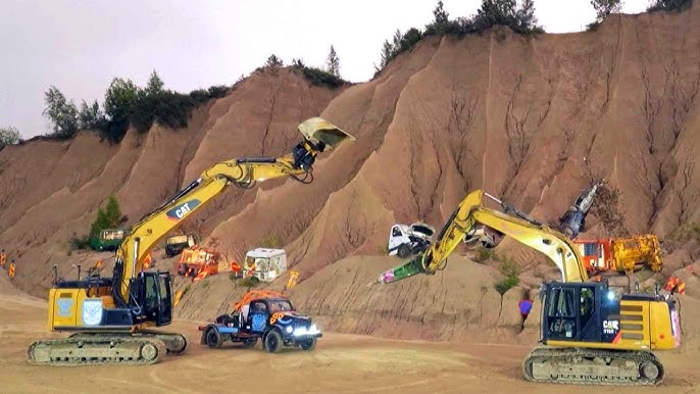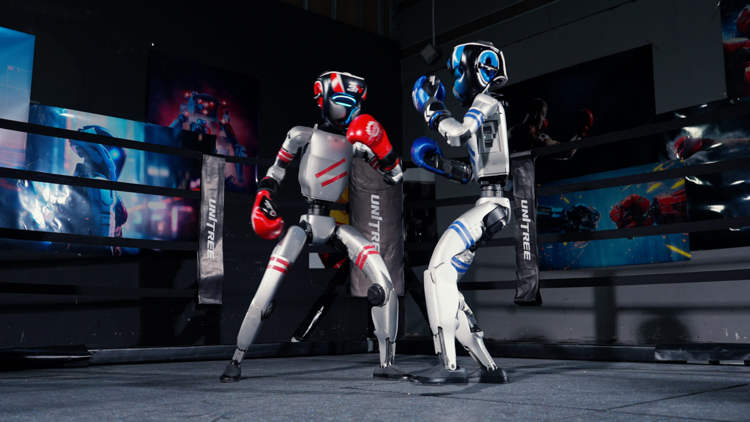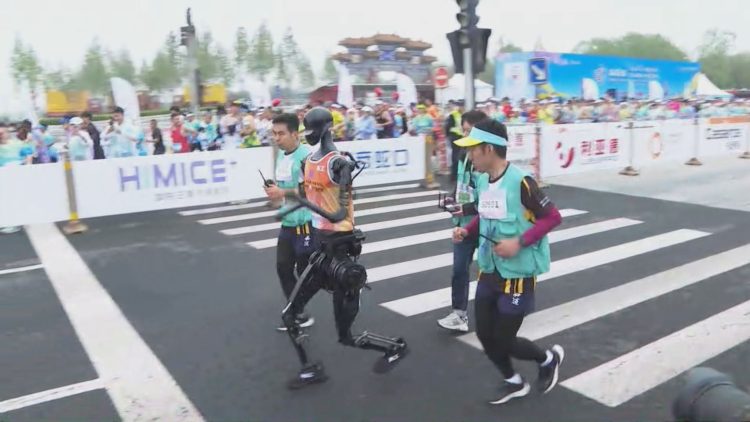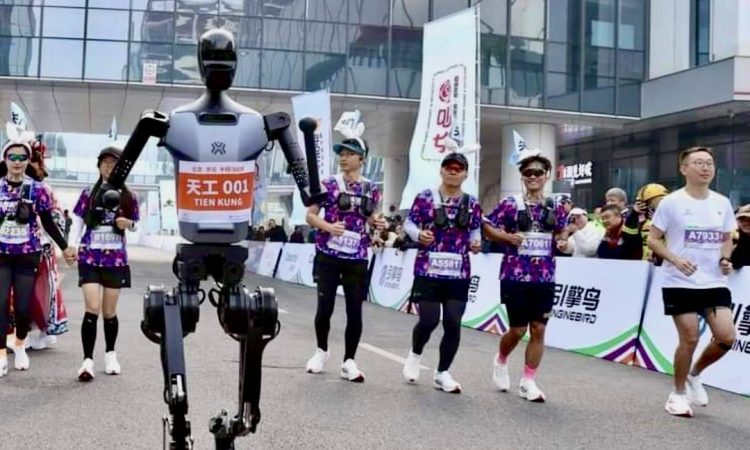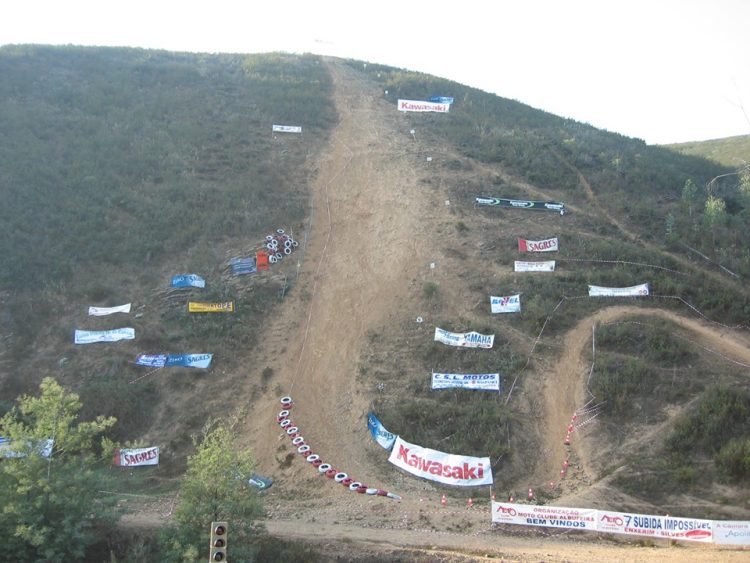Take tens of thousands of children, place them in the largest stadium in the world, arm them with giant colored flip-books containing hundreds of colored panels, train them to move in perfect unison and you get the awe-inspiring human mosaics of the Arirang Mass Games, in North Korea.
The Arirang Festival Mass Games held in Pyongyang, are the largest and most impressive exercise of state propaganda in the world. The event runs from August to October, and offers an incredible spectacle of perfectly choreographed gymnastics, dancing, singing, and of course, praising the achievements of the communist nations’s eternal leader Kim Il-Sung. The games aren’t held every year. They are suspended in case of national emergencies, like when flooding ravages the country and the Government decides the hundreds of thousands of performers are better put to use repairing the destroyed infrastructure. But when the trained human pixels get the chance to perform on Rungrado May Day Stadium, in front of a crowd of 150,000 people, they make the performers of the 2008 Beijing Olympics opening ceremony look like a group of children staging a simple school play. Every 20 seconds for a period of two hours they switch the panels of their flip-books to create stunning mosaics honoring Korea’s cultural heritage and its political regime.
Photo: Werner Kranwetvogel/A Night in Pyongyang
“When you see these mosaics changing in a millisecond, it’s truly incredible. It could only be achieved in a place where you have an unlimited resource of humans who do whatever they are directed to do. Every breath of these people is coordinated,” says British photojournalist Jeremy Hunter, who had the chance to attend the 2011 edition of the Arirang Mass Games. This incredible effect can only be achieved through countless hours of practice, and Mr. Hunter says the children train for ten hours a day, six days a week, starting in February of each year. During the games, North Korea’s poor population is brought to the capital by bus so they can witness these gargantuan images of the country’s sacred mountains , rivers full of fish and fields overflowing with wheat and fruits, so they can keep believing they are a “chosen people” with a life much better than any other nation.
Photo: Werner Kranwetvogel/A Night in Pyongyang
Professional cameras, GPS devices and phones are forbidden on the stadium during the Arirang Mass Games and those looking to sneak photos are threatened with severe punishment, but according to Jeremy Hunter, “there are ways of overcoming that”. After the death of Kim Jong Il in 2011, the scale of the Mass Games has been toned down, as his son and successor, Kim Jong Un, no longer wishes it to run in the same form.
Photo: Werner Kranwetvogel/A Night in Pyongyang
Photo: Werner Kranwetvogel/A Night in Pyongyang
Photo: Werner Kranwetvogel/A Night in Pyongyang
Photo: Joseph A. Ferris III
Photo: Joseph A. Ferris III
Photo: Lindsay Fincher
Photo: Linsay Fincher
Sources: The Economist, Design Boom











